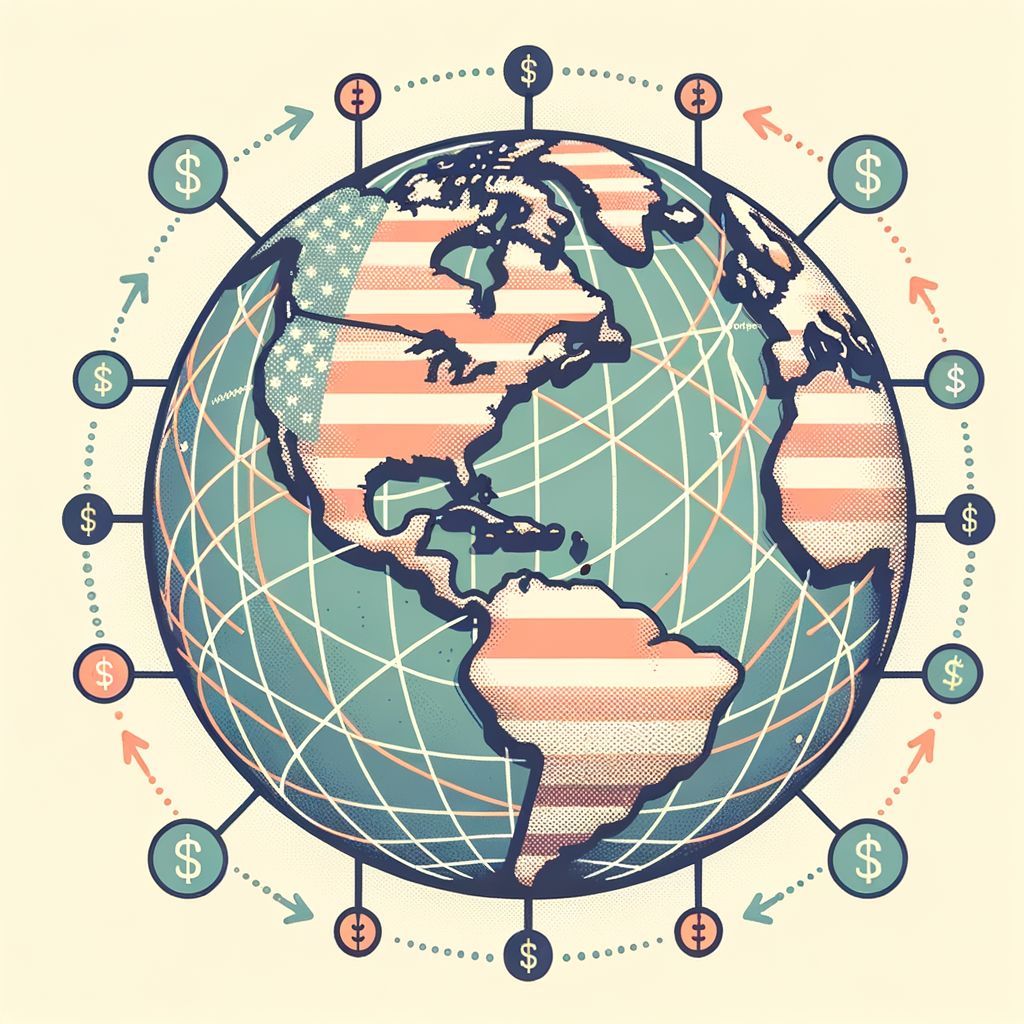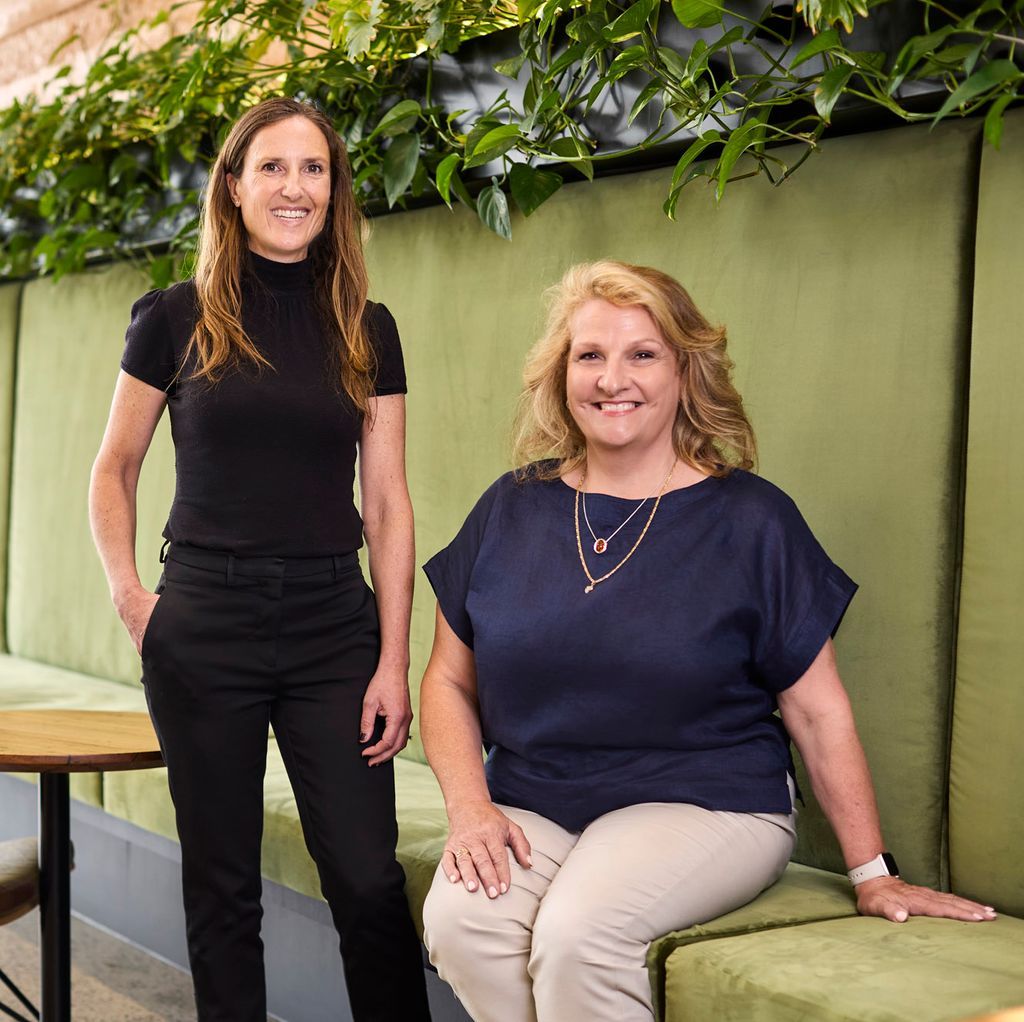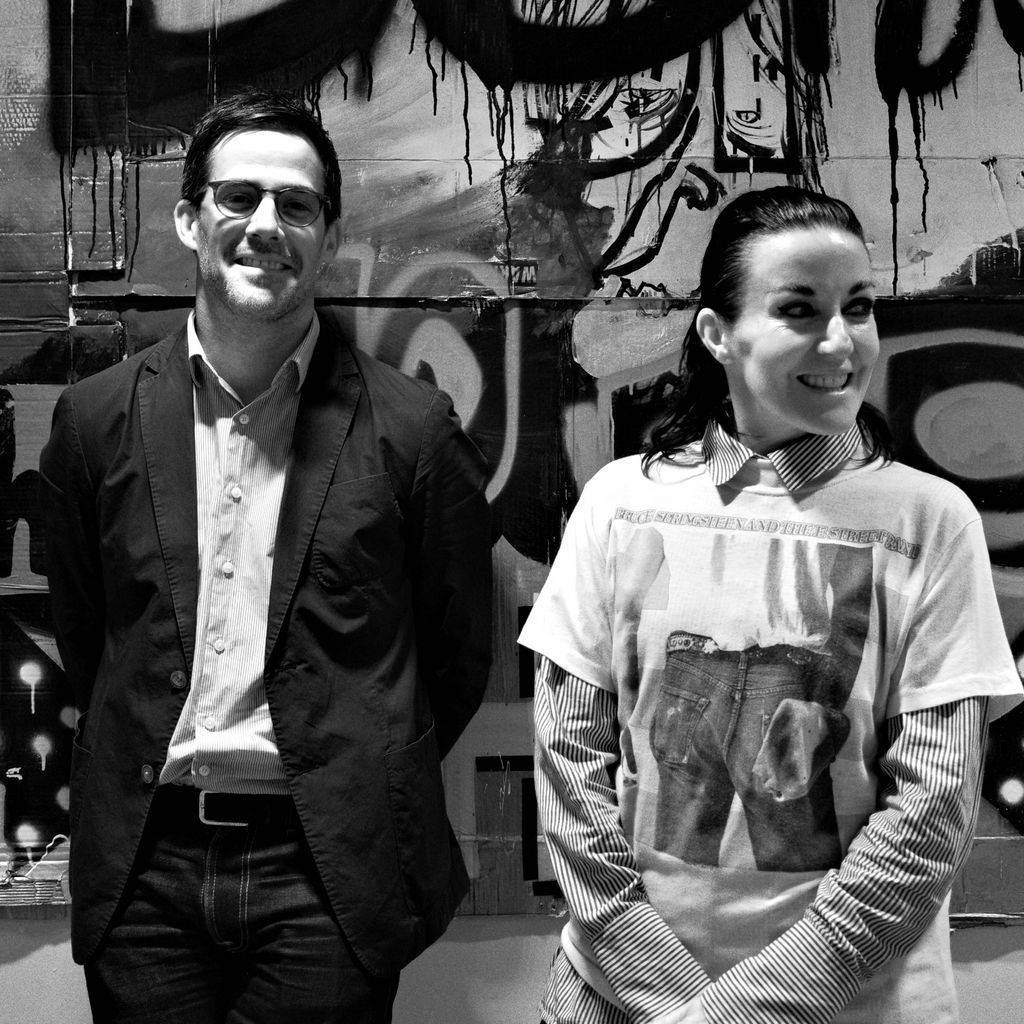

Image by DALL·E Pic: Midjourney
Editors' Note: Many Fast News images are stylised illustrations generated by Dall-E. Photorealism is not intended. View as early and evolving AI art!

Aussies tighten belts,
Second-hand finds new favour,
E-commerce evolves.

Aussies tighten belts: eCommerce data reveals shift to second-hand shopping
New data from e-commerce fulfilment provider ShipStation has revealed that Australian consumers are significantly curbing spending in response to the cost-of-living crisis, with 26% lacking confidence in making significant purchases over $200 in the next six months.
According to the survey of 1000 Australians, only 18% feel very confident about making such purchases, indicating a cautious approach to spending amid economic uncertainty.
ShipStation also found that many Australians are altering their shopping behaviours to cut down on costs, including opting for second-hand purchases over newer items. A notable 32% of Australians have increased their second-hand purchases over the past 12 months, primarily to save on costs. This trend is particularly prevalent among younger generations, with 51% of Gen Z and 40% of millennials purchasing pre-owned items weekly or monthly.
ANZ VP & General Manager at ShipStation, David Boyer, said: “The current economic conditions are driving a shift in consumer behaviour, as more Australians opt for less expensive pre-loved items over pricier new purchases. Over the next six months, we can expect to see the second-hand market continue to grow, as consumers prioritise value and affordability.”
High shipping costs are a major deterrent for consumers, with 70% of Australians stating it would influence their decision to stop shopping with a retailer. Late deliveries (44%), lack of communication (39%), and poor packaging (36%) are other pain points driving consumers away from retailers.
Boyer said: “Consumers want affordable, high-quality products delivered quickly. As we head into the peak sales season, it's an opportune time for retailers to start thinking about how they can make the shopping experience as simple and seamless as possible while building trust. By offering clear product descriptions, easy returns, and secure payment options, retailers can reassure customers and encourage repeat purchases.”
Fashion Recruitment Consultant and avid thrifter, Jasmine Yan, shared: “The cost of living crunch has got me thinking twice before any big splurges. For example, I’ve switched to Aldi for groceries as a cheaper alternative, cut down on impulse buys, and only get clothes I’ve been eyeing for a while — gotta be smart with spending! To stick to my budget, I shop for second-hand clothes. That way I get unique pieces while making more sustainable choices and feeling a smaller impact on my wallet."
The survey, conducted in July 2024, polled 1,000 Australian consumers to understand their shopping habits and preferences amid rising inflation rates and changing economic conditions.










